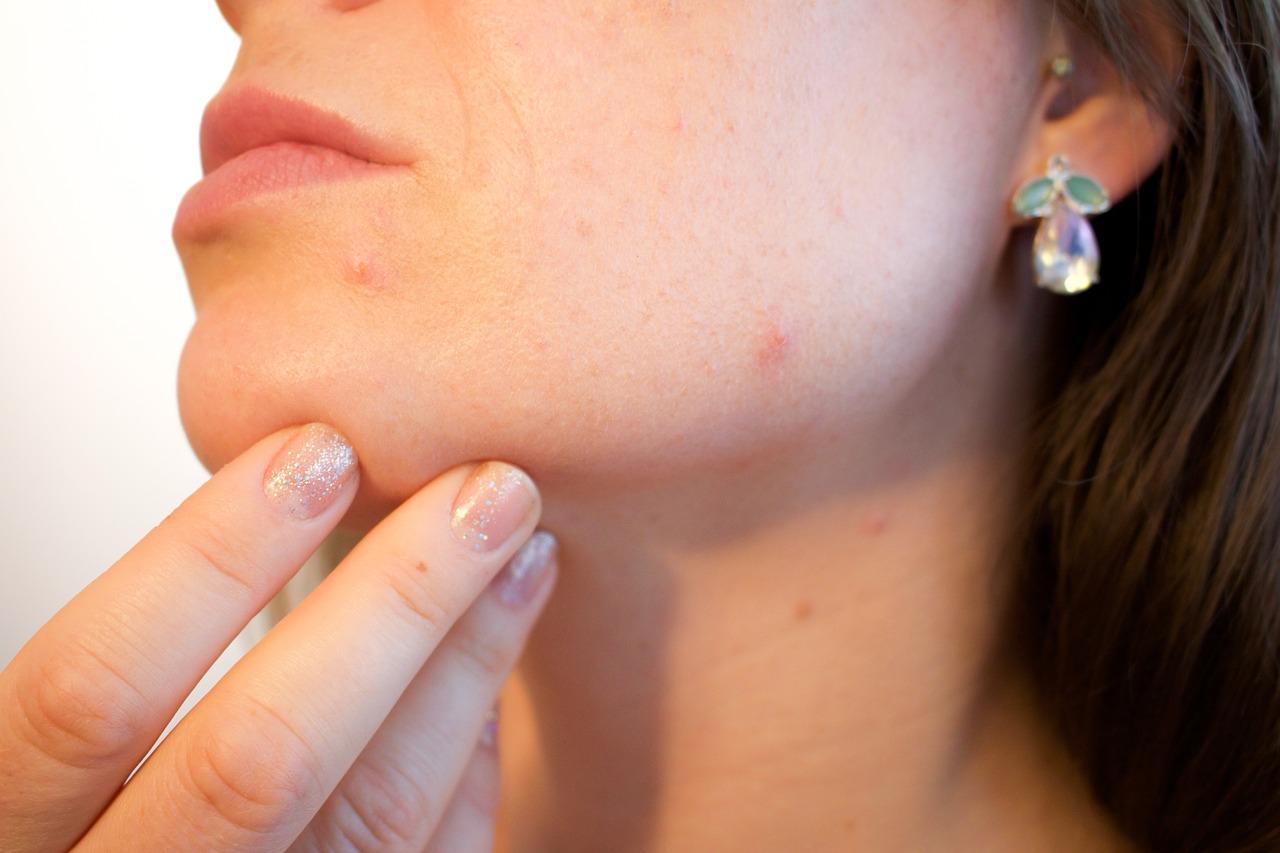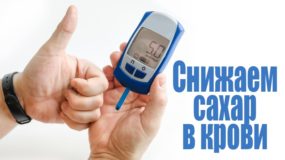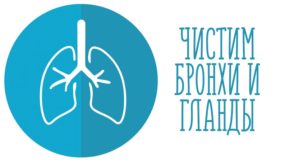Chickenpox is an infectious disease considered to be childhood. Sometimes this contagious disease appears in adults. It is transmitted by airborne droplets from an infected or sick person. Consider chickenpox in adults, symptoms, treatment, and the incubation period.
To get chickenpox virus, staying with a sick person in the same room is enough. In adults, the symptoms of the disease develop more dangerous and more acute than in children. If the disease is mild in children, adults are exposed to moderate or severe course. And the older the person, the higher the likelihood of complications.
First signs of the disease
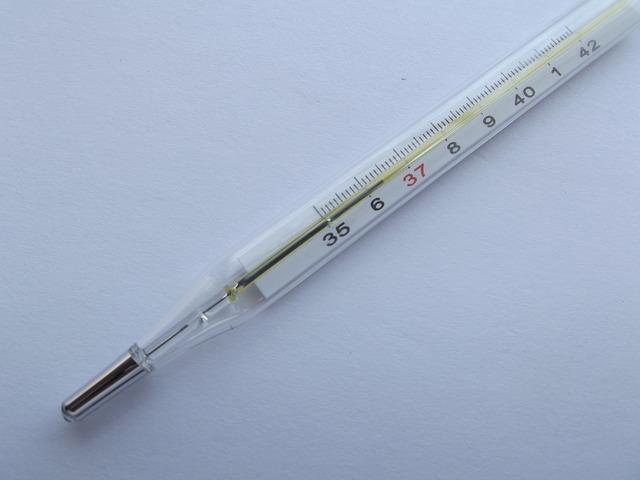
Before rashes appear in a person infected with the chickenpox virus, nonspecific symptoms manifest themselves, which accompany almost all viral infections. Among them:
- Weakness;
- Lomota
- Poor appetite;
- Dizziness and headache;
- Drowsiness in the middle of the day and insomnia in the middle of the night;
- Joint and muscle pain;
- Photosensitivity;
- A slight increase in temperature.
The first signs of chickenpox in adults are no different from messengers of the disease in children with the exception of severity. In adults, they are more pronounced.
Symptoms of chickenpox in adults
Chickenpox in an adult begins sharply and suddenly. The listed symptoms are often supplemented by nausea and vomiting, which indicates intoxication of the body. After a sharp increase in temperature, a rash appears.
- Rashes from the body begin. They appear on the hips, abdomen, chest and shoulders, after rising higher, affecting the face and hair-covered part of the head. First, tiny red tubercles form, which are converted into papules - transparent vesicles on a red base.
- The formations are easily destroyed and converted into moist sores, which are later crusted. After two weeks, the crusts disappear. Since formations with fluid appear during 3-5 days, dry crusts, tubercles and recently appeared red spots are simultaneously present on the patient’s body.
- In addition to the skin, mucous membranes often fall into the field of view of rashes. Skin lesions appear in the palate, tongue, cheeks, gums, and even the genitals.
- In an adult, with a disease, lymph nodes react strongly, which increase in size and become painful. With an uncomplicated course, the disease does not affect the internal organs.
Video info
Often, adults during testing will find out that they have antibodies to chickenpox in their blood. This means that a person had chickenpox in childhood, but the disease went unnoticed and without symptoms.
The incubation period of chickenpox in adults
Contact with a person who turned out to be sick with chickenpox is not a reason for panic. A person becomes contagious before the appearance of a rash on the body, and it develops a few weeks after infection.
Any infectious disease has a period of latent course. At this point, the infection leaking into the body develops without clinical manifestations.This is the incubation period that precedes the onset of symptoms. In an adult, it goes through three stages.
- Start. It starts from the moment of contact with an infected person, if chickenpox manifests itself in an acute form. Over the next two days, the virus takes root in the body.
- Development. At this point, the pathogen begins to multiply, as a result, the concentration level rises. Initially, the mucous membrane of the respiratory tract is affected, after which a peripheral increase in infection is observed.
- Completion. Having replenished the ranks, the pathogen enters the bloodstream and proceeds to occupy the body. The skin comes first in the field of view of the aggressor, as evidenced by the appearance of a rash. As a result of the active resistance of the immune system, antibodies are produced in the body, which leads to fever, malaise and chills.
In an adult, the incubation period is 1-3 weeks. The temporary indicator is determined by the volume of the virus leaked into the body, the degree of pathogenicity of the pathogen, state of the immune system.
Not always the incubation period takes place in three stages. According to doctors, often a person becomes a source of infection a week after infection. This is because the reproduction rate of the pathogen remains unknown.
Chickenpox is very dangerous for others. Provided that the incubation period is completed and there are no clinical manifestations, the person returns to his usual life, believing that the danger has passed. At the same time, it infects others.
There have been cases when the disease proceeds in a latent form. A small number of formations appear on the body. It is not enough to recognize chickenpox, but it does not deprive a person of the ability to infect others. The end of the incubation period is considered the appearance of the first signs.
Stage chickenpox
With the incubation period, the disease was sorted out. Now consider the main stages, of which there are four. After reviewing the material, you will get a complete impression of how the ailment proceeds.
- initial stage. Symptoms that resemble a common cold appear. One gets the impression that a person has the flu. In this case, the patient's condition worsens.
- Rash phase. Red spots and tiny bubbles containing liquid appear on the body. Often the number of formations is in the hundreds. All this is accompanied by itching.
- Attenuation stage. The structure of the bubbles is destroyed. The formations dry out, and crusts appear on the surface. Body temperature goes down, and itching subsides.
- Final stage. The crusts disappear on their own, and the patient's well-being returns to normal. Traces of formations later disappear.
When chickenpox is forbidden to comb the skin or strip off the bubbles. Otherwise, the likelihood of re-infection, the appearance of suppuration, scars and scars will increase.
How to treat chickenpox

In adults, the treatment of chickenpox at home is slightly different from pediatric therapy. Skin formations are not treated with brilliant green, and the temperature is knocked down if it exceeds the 38.5 degree mark.
Doctors advise taking antihistamines and lubricating papules with Malavit. With chickenpox, it is important to prevent bacterial complications. When the disease is followed, a diet based on the use of dairy and plant products.
An important role in the fight against chickenpox is drinking. It is recommended to drink water, tea and herbal infusions more often. During the rash period, showers and baths are prohibited. Washing is allowed after drying of the papules, but without the use of aggressive gels and washcloths.
Folk remedies and methods of treatment at home
With chickenpox, they resort to traditional treatment. To speed up the moment of recovery, apply folk remedies that have repeatedly proven effective in terms of eliminating symptoms and help to save.
- Healing herbs. 10 g chopped herbs lemon balm, basil, daisies and calendula pour a glass of boiling water, insist in a warm place for 15 minutes and filter. Two tablespoons of the drink after breakfast and two more after dinner.
- Chicory root. Six tablespoons chopped chicory root pour a glass of boiling water and insist the broth. Take a drug of 20 g for five days.
- Mummy. Half a gram of mummy is dissolved in half a glass of warm water. The resulting mixture is drunk in the morning before a meal. The tool has a general strengthening and anti-inflammatory effect.
- Green nuts. A glass of raw material is passed through a meat grinder, a glass of honey is added and mixed. The mixture is taken in a small spoon in the morning and evening. Store the medicine in the refrigerator.
- Shepherd's bag. 40 g of grass is poured with two glasses of boiling water and insisted for 2 hours. Then the mixture is divided into four parts and consumed in one part throughout the day. The tool is especially effective if chickenpox is accompanied by nausea and vomiting.
Medical treatment
In the treatment of chickenpox in an adult, symptomatic methods are used, since a direct effect on the virus that has settled in the nucleus of the cell is impossible. The patient is recommended rest and bed rest. It is better to be in a cool and moist room. High temperature in the room enhances the production of sweat, which leads to increased itching and is fraught with infection of rashes.
- In order to control new formations, the rash is treated with brilliant green. Labeled elements are re-smeared with Kalamine. To increase the drying rate of formations and the regeneration of the skin, UV is used.
- Antihistamines Levocytirizin and Venistil help in the fight against itching. They fight pain with non-steroidal anti-inflammatory drugs and analgesics containing paracetamol.
- Sometimes the doctor prescribes immunostimulating and antiviral drugs. Their list is presented by Interferon, Aflubin and Laferon.
- If the rash appears in the oral cavity, rinsing with the use of herbal antiseptics is recommended. Rotocan or Chlorophyllipt will do. Before use, the product is diluted in warm water. Anesthetic gels are also used before meals.
- The genitals are treated with antiseptic agents for intimate areas. The best solution is Cysteine.
Self-treatment of chickenpox using these drugs is prohibited. Only to the attending physician you can choose the best medicine, taking into account the characteristics of the disease and the patient's condition.
Answers to Common Questions
How is chickenpox transmitted?
Chickenpox is a disease that people from all over the world face. We will understand how infection occurs.
- Third person. It is impossible to get chickenpox through a third party, because the external environment is harmful to the virus.
- From children. Because children are in close contact, the virus is easily transmitted. From one peddler in the team about 90% of the children become infected. Often children transmit the virus to adults if they are not sick in childhood.
- From adults. If an adult works in a school or kindergarten and has not encountered chickenpox in childhood, he can pick up an attack and become a peddler. Transmission of the virus is also possible in the event of the appearance of shingles.
- Through objects and things. Contact with the infected and airborne droplets - this is how chickenpox infection occurs. In this case, disinfection of objects is not needed.
For example, fluid from bubbles may remain on clothing. But this transmission route is unlikely.
The effects of chickenpox in adults
In children, chickenpox passes without serious consequences. In adults, everything is different and often have a variety of consequences.Therefore, when symptoms of the disease appear, it is recommended to consult a doctor.
- Scarring. The disease manifests itself in the form of cutaneous lesions with a fluid resembling a rash. And although the red pimples itch a lot, it is forbidden to disturb them or strip off the crust. This is fraught with the appearance of dimples and scars.
- Infection. Combing the tubercles is the path to a bacterial infection, the presence of which is indicated by turbidity of the fluid in the vesicles. Doctors advise to treat the rash carefully, otherwise severe discomfort can not be avoided.
- Respiratory diseases. In an adult, the respiratory system is at great risk because a rash appears inside the body. Since the attack is transmitted through the respiratory tract, the lungs, trachea and throat become inflamed. Consequences: pneumonia, laryngitis, tracheitis.
- Nervous system. In an adult, after chickenpox, complications in the nervous system often remain. In one case, out of ten diseases, it causes paralysis or meningitis. Often a cyst forms in the brain.
- Vision. Often a disease leads to impaired or complete loss of vision. If your eyes hurt and watery, the picture is blurry, and when you see the light you are in pain, urgently consult an optometrist.
- Heart and blood vessels. Chicken pox often has a strong effect on heart function. High intoxication contributes to the development of myocarditis. Another disease leaves an imprint in the form of varicose veins or blood clots in the vessels, which leads to a stroke or heart attack.
- Arthritis. Arthritis is also on the list of chickenpox effects. Inflamed joints bring discomfort to an adult. All this is accompanied by swelling and redness of the joints, fever. Inaction is fraught with loss of mobility and disability.
The listed consequences of chickenpox are terrible. Incorrect treatment or its absence at best will lead to deformity of the skin.
Do chickenpox vaccinations do adults?
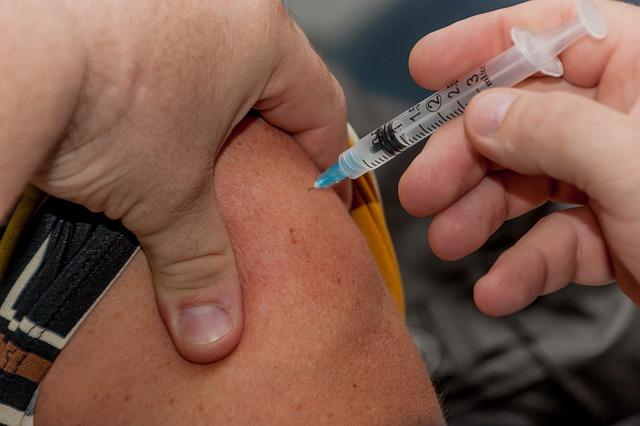
The disease transferred at a young age provides a stable lifelong immunity. But there are people who did not suffer from chickenpox in childhood, and people who are at risk for developing a severe form of the disease. They are focused on vaccine-based prophylaxis. In Russia, Okavax and Varilrix are used for this purpose.
Vaccination forms a stable and lasting immunity. And if make an injection within three days after contact with the patient, this will provide almost 100 percent protection against infection.
The vaccine has no side effects and serious complications. So the listed drugs are not prohibited for people with weak immunity, and acute chronic diseases are not an obstacle to this.
Does chickenpox happen in adults repeatedly?
For an adult, chickenpox is very dangerous, because it is difficult and the risk of complications is too high.
If a person suffers a disease, immunity is developed. Sometimes the disease develops again and shingles appears. This phenomenon is called a breakthrough infection.
The chickenpox virus after a person’s recovery remains in the nerve tissue for a long time. Under the influence of certain factors, the pathogen becomes pathogenic, which leads to repeated disease.
This leads to stress, nervous strain, chronic relapsing diseases that weaken the immune system.

